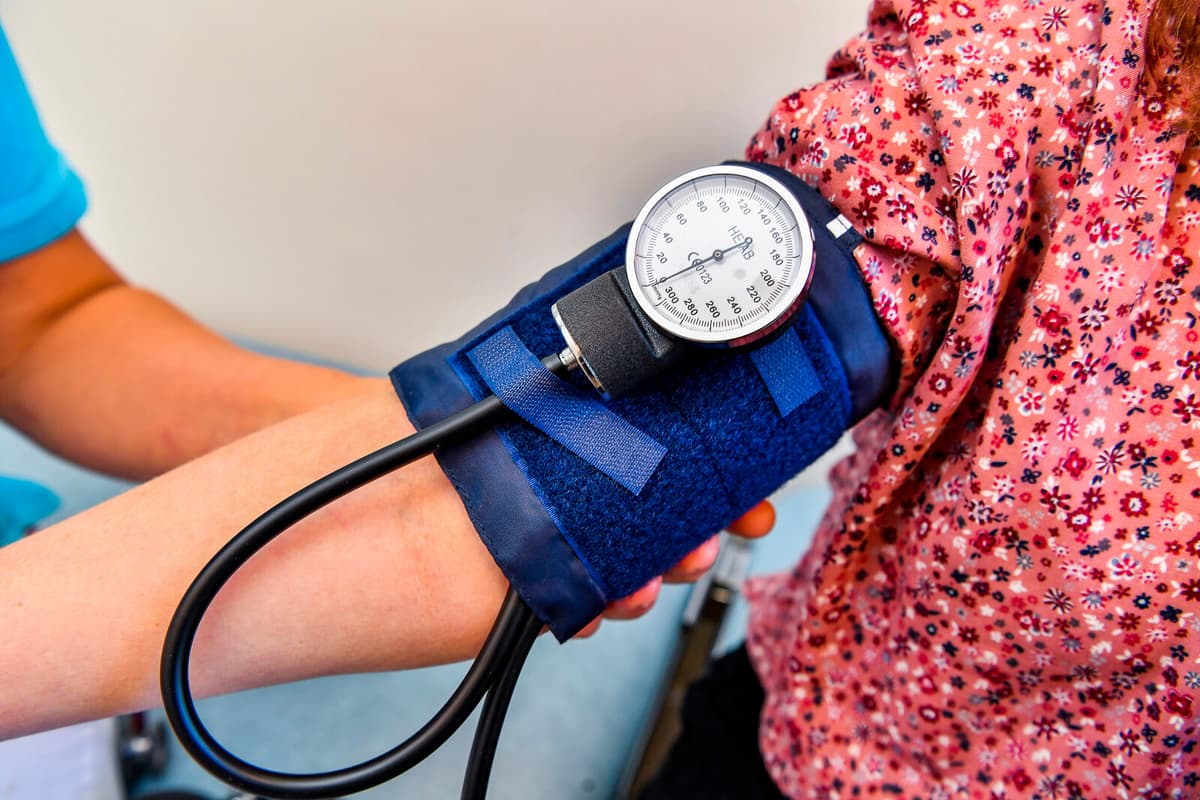High blood pressure – hypertension – is as common as it is insidious: Of those who are affected, few feel any symptoms. It is only when the pressure is extremely high that it can cause headaches, blurred vision, and fatigue.
In fact, every third Swede does not know what their blood pressure is at all, shows a survey from the Swedish Heart-Lung Association. This is something that Mattias Brunström, associate professor of epidemiology at Umeå University and chairman of the national working group for hypertension, wants to change.
We need to find more people who should have the diagnosis but have not received it yet, he says.
Mattias Brunström is one of those who has developed the new guidelines for blood pressure in Sweden, which will be introduced in the fall.
They will mean that the blood pressure target, which today is 140/90 mmHg (millimeter mercury), will become tougher and be lowered to 130/80.
More people need treatment
It is important to clarify that we are not changing the limit for what is considered high blood pressure. What is changing is that blood pressure should be treated more than today.
Another news is that doctors are recommended to prescribe two medications directly to achieve a greater reduction. In addition, pressures between 120–139/70–89 should be followed up regularly.
The reason for the new guidelines is that high blood pressure is the leading cause of premature death in Sweden.
Hypertension leads to the most deaths and lost years of life both in Sweden and globally. Here, we are behind other countries in the West. Sweden has significant under-treatment, says Mattias Brunström.
In total, over two million Swedes have untreated or inadequately treated hypertension. The fact that so many fall between the cracks is due, among other things, to the strained resources of the healthcare system.
Measure and get control
One reason is that we have fewer primary care physicians per capita than other countries in the West, and it is primarily they who detect high blood pressure. We also need to increase awareness among the population and ensure that people have control over their blood pressure.
The problem is that high blood pressure usually does not give any symptoms at all.
You have to measure it to find it. In the new recommendations, we urge healthcare to measure blood pressure in everyone over 50 years old.
But it does not have to be a doctor who measures the pressure, it is also possible to measure at home. If the blood pressure is above 140/90, you should contact healthcare.
In the USA, they recommend measurements from the age of 18, as they see an increase in young adults with high blood pressure. The same trend exists in Sweden: About ten percent of all young adults now have high blood pressure, which is linked to the fact that more are overweight.
I actually think that all adults should measure their blood pressure sometime, says Mattias Brunström.
Measure blood pressure with a so-called upper arm cuff. It has better reliability than wrist cuffs, smartwatches, and rings.
Avoid snuff, drinking coffee, eating heavy meals, and physical exertion half an hour before measurement.
Sit comfortably and relax.
The cuff should be at heart height. If it is higher or lower, it can affect the value.
Do not talk during the measurement.
Measure preferably at two occasions and take an average of it.
If your blood pressure is above 140/90, contact healthcare for further control. If it is below, you can measure the pressure again after a year.






